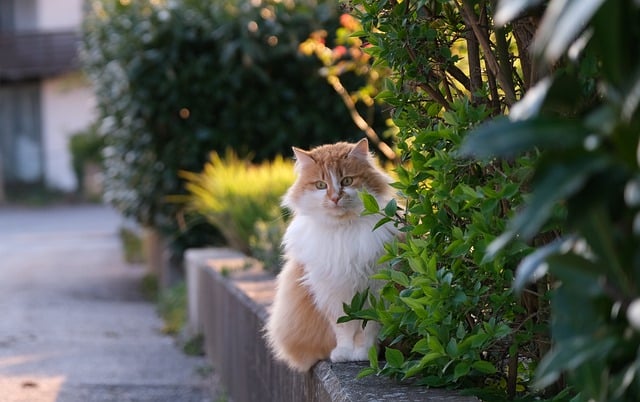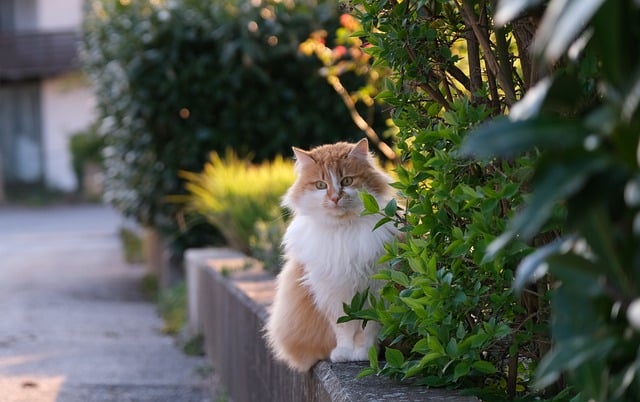A cat feeding tube typically lasts for about 1–2 weeks before requiring replacement. The duration may vary depending on the cat’s condition.
Having a feeding tube for your feline companion can be a crucial part of their care plan, ensuring they receive the necessary nutrients and medications. Understanding how long a cat feeding tube lasts can help you plan and prepare for the ongoing care of your cat.
We will discuss the factors that influence the lifespan of a feeding tube, signs that indicate it may need to be replaced, and how to properly maintain and care for the feeding tube to extend its longevity. Let’s explore deeper into the world of cat feeding tubes and how to ensure the well-being of your beloved pet.
What Is Cat Feeding Tubes
The Role Of Feeding Tubes In Feline Care
Cat feeding tubes play a crucial role in ensuring the nutritional needs of felines are met, especially when they are unable to eat or drink on their own. These tubes provide a way to deliver essential nutrients directly into the cat’s stomach, helping them maintain their strength and recover from illnesses or surgeries.
Common Types Of Feeding Tubes For Cats
Feeding tubes for cats come in various types, each designed to suit different medical conditions and feeding requirements. The most common types include nasogastric tubes, esophagostomy tubes, and gastrostomy tubes. These tubes are selected based on the cat’s specific needs and the duration of the feeding support required.
Determining The Need For A Feeding Tube
Cats may require a feeding tube due to medical conditions hindering their ability to eat properly. Understanding the necessity of a feeding tube is crucial in ensuring your feline companion receives adequate nutrition.
Medical Conditions Requiring Feeding Assistance
- Severe jaw injuries
- Swallowing disorders
- Chronic illnesses affecting appetite
Assessing A Cat’s Eligibility For Tube Feeding
- Consult a veterinarian for evaluation
- Consider the cat’s overall health status
- Assess the cat’s ability to tolerate the feeding tube
Feeding Tube Lifespan Factors
Feeding tubes can be a crucial lifeline for cats requiring nutritional support, but understanding the factors that impact the lifespan of a feeding tube is essential for pet owners and caregivers. The durability and longevity of a cat’s feeding tube can be influenced by various factors, including the material and design of the tube, as well as the condition of the cat receiving the feeding tube. Let’s explore these factors in more detail:
Material And Design Impact On Durability
The material and design of a feeding tube can significantly impact its durability. High-quality materials such as medical-grade silicone or polyurethane are commonly used in the construction of feeding tubes, offering durability and resistance to degradation. Additionally, the design of the feeding tube, including its flexibility and construction, can also play a role in its longevity.
Influence Of Cat’s Condition On Tube Longevity
The condition of the cat receiving the feeding tube can also influence its lifespan. Medical conditions such as gastrointestinal issues or infections can impact the longevity of the feeding tube, as well as the cat’s ability to tolerate the tube. Additionally, proper care and maintenance, including regular cleaning and monitoring for signs of wear or damage, are essential for ensuring the longevity of the feeding tube.
Proper Care For Prolonged Usage
Cleaning And Maintenance Routines
Regularly clean the feeding tube to prevent infections and blockages.
- Use a gentle soap and warm water to clean the tube daily.
- Ensure the tube is thoroughly rinsed and dried after cleaning.
- Inspect the tube for any signs of wear or damage regularly.
Preventing Infections And Complications
Follow these guidelines to minimize the risk of infections and complications.
- Avoid exposing the feeding tube to dirt or contaminants.
- Ensure proper hygiene practices when handling the feeding tube.
- Monitor the insertion site for any redness, swelling, or discharge.
Signs Of Feeding Tube Wear And Tear
Identifying when to replace the feeding tube: Regularly check for cracks or breaks in the tube.
Monitoring for leakage and blockage: Watch for any signs of liquid seeping out around the tube site.
The Removal Process
Once your cat has sufficiently recovered and can eat on their own, the feeding tube can be removed. The process of removing a feeding tube requires careful consideration and adherence to specific criteria to ensure the safety and comfort of your feline companion.
Criteria For Removing The Feeding Tube
Before the feeding tube can be removed, several criteria must be met to ensure that your cat is ready to resume normal eating habits. These criteria may include:
- Stable and consistent appetite
- Ability to consume food without difficulty or discomfort
- Adequate weight gain and overall improvement in health
Steps For A Safe Tube Extraction
When it is determined that your cat meets the criteria for tube removal, the extraction process should be carried out by a qualified veterinarian. The following steps are typically involved in the safe removal of a feeding tube:
- Evaluation of the insertion site to ensure proper healing and absence of infection
- Administration of local anaesthesia to minimize discomfort for the cat
- Gentle removal of the feeding tube with minimal disturbance to the surrounding tissue
- Post-removal care and monitoring to ensure that the site continues to heal properly
Post-removal Care And Recovery
After healing from the cat feeding tube removal, focus on continued care for optimal recovery.
Healing After Feeding Tube Removal
- Monitor the surgical site for any signs of infection or complications.
- Provide a comfortable and stress-free environment for your cat to recover.
- Follow any specific instructions given by your veterinarian for post-removal care.
Continued Nutritional Support And Monitoring
- Ensure your cat is consuming an appropriate diet to aid in recovery.
- Monitor your cat’s weight and appetite to track their progress post-feeding tube removal.
- Regularly consult your veterinarian to adjust the feeding plan as needed.
Frequently Asked Questions
How Long Can A Cat Have A Feeding Tube?

A cat can have a feeding tube for as long as it is necessary for their medical condition. This can range from a few days to several weeks or even months. It is important to monitor the cat’s health and consult a veterinarian regularly to ensure the feeding tube is still needed and functioning properly.
What Are The Side Effects Of Feeding Tubes For Cats?
Feeding tubes for cats may cause vomiting, diarrhoea, and infection. They can also lead to skin irritation and discomfort in the cat. Regular monitoring and care are essential to minimize these side effects.
When To Remove Cat Feeding Tube?
Remove the cat feeding tube once the cat is eating normally for at least 24–48 hours without any issues.
How Often Should Tube Feeding Tubing Be Changed?
Tube feeding tubing should be changed every 24 to 48 hours to prevent infections and ensure safety. Regular replacements are crucial for maintaining hygiene and proper nutrition delivery.
A cat feeding tube can last for weeks to months, depending on the cat’s condition and the type of feeding tube used. It is essential to monitor the tube for any signs of wear and tear and to follow the veterinarian’s instructions for maintenance and care.
With proper management, a cat feeding tube can provide essential nourishment and support for a feline companion in need.
